Our bioproduct experts collaborated with industry to help scale-up a promising microbe-made plastic alternative built from the carbon in methane gas.
Tag: Carbon Neutrality
Carbon emissions and reduction performance of photovoltaic systems in China
Abstract Solar energy is an inexhaustible clean energy, which can be converted into electricity through photovoltaic (PV) modules. However, the production of these modules is a process of pollution, which will generate a large amount of carbon emissions. Therefore, investigating…
Measuring energy transition away from fossil fuels: A new index
Abstract With the adoption of carbon neutrality policies, an increasing number of countries have implemented diverse measures to facilitate the energy transition away from fossil fuels. Ascertaining the efficacy of these measures towards meeting the goals of Paris Agreement and…
Revolutionizing Carbon Neutrality: Machine Learning Paves the Way for Advanced CO2 Reduction Catalysts
A perspective highlights the transformative impact of machine learning (ML) on enhancing carbon dioxide reduction reactions (CO2RR), steering us closer to carbon neutrality.
First certified carbon-negative beef production opens doors to emerging agricultural technologies, says Notre Dame expert
Argentina, one of the premier beef producers in the world, has set a precedent for livestock farmers by certifying the first carbon-negative beef — opening the doors for a number of emerging technologies that have the potential to reduce methane emissions from…
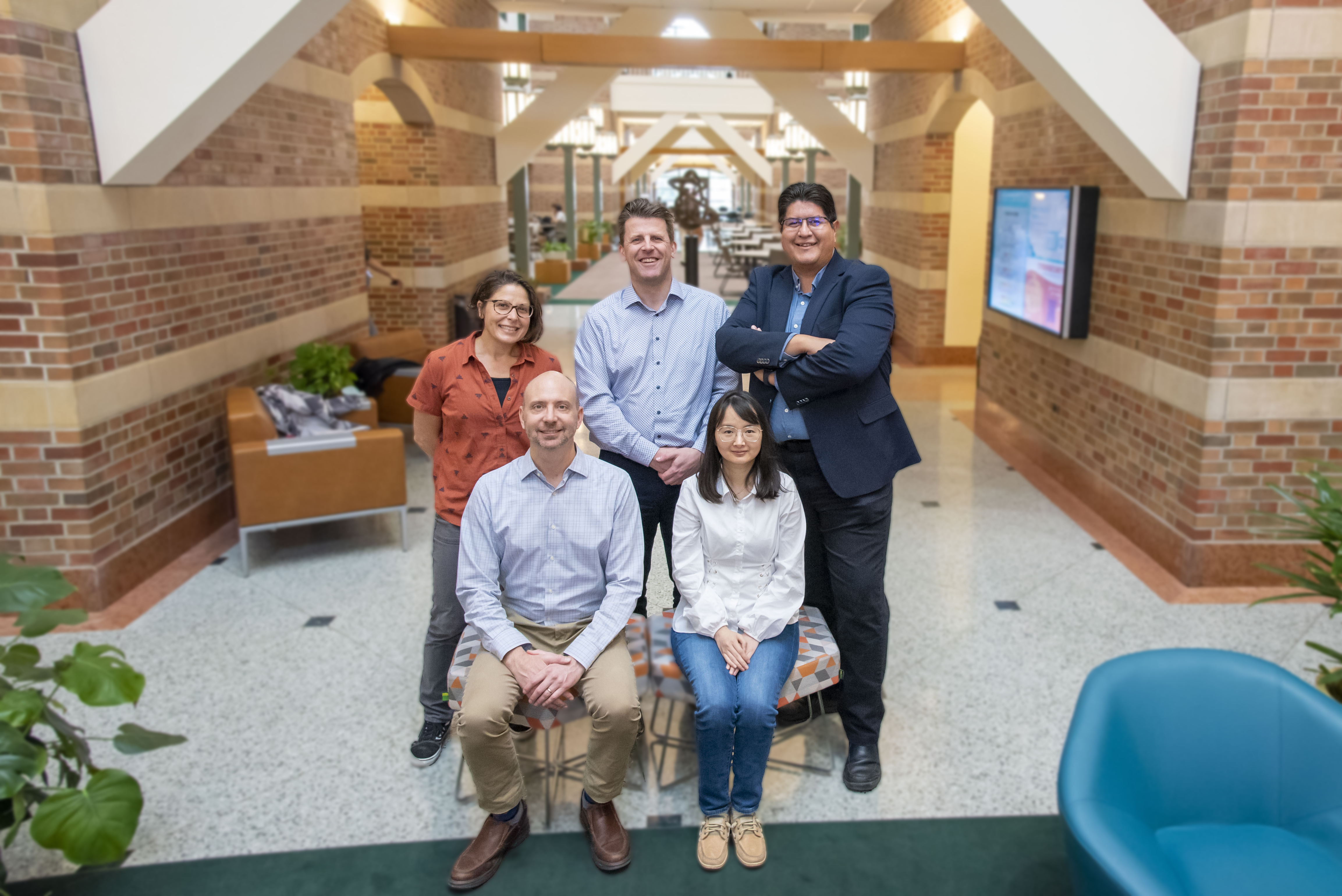
Microdroplets, macro results: Beckman researchers pursue Energy Earthshots
Researchers at the Beckman Institute will conduct electrochemical reactions in microdroplets to produce clean hydrogen, sequester carbon dioxide, and store renewable energies like wind and solar inexpensively and sustainably. Their project, called DROPLETS, received $4.5 million from the U.S. Department of Energy’s Office of Science through its Energy Earthshots Initiative.
The CSU’s Path to Carbon Neutrality
Determined to combat climate change and promote sustainability, the CSU progresses toward the goal of being carbon neutral by 2045.
What makes people care about the environment?
A new study analyzes the factors that drive environmental concern among Europeans in an effort to understand how we can bolster popular support for combatting climate change.
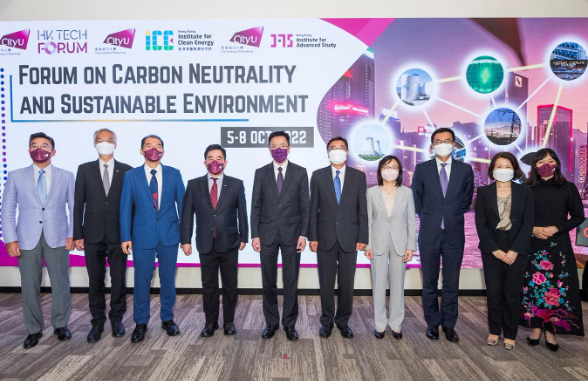
CityU’s 4th HK Tech Forum focuses on carbon neutrality and sustainable environment
World-renowned scholars and researchers engaged in interdisciplinary dialogue on the challenges and prospects of next-generation energy development and applications at the HK Tech Forum on Carbon Neutrality and Sustainable Environment, hosted by Hong Kong Institute for Clean Energy and Hong Kong Institute for Advanced Study at City University of Hong Kong (CityU) from 5 to 8 October.
HK Tech Forum on Carbon Neutrality and Sustainable Environment
Energy transition to clean and renewable energy is an urgent task for all of us to tackle both the climate and environmental crises that loom before us.
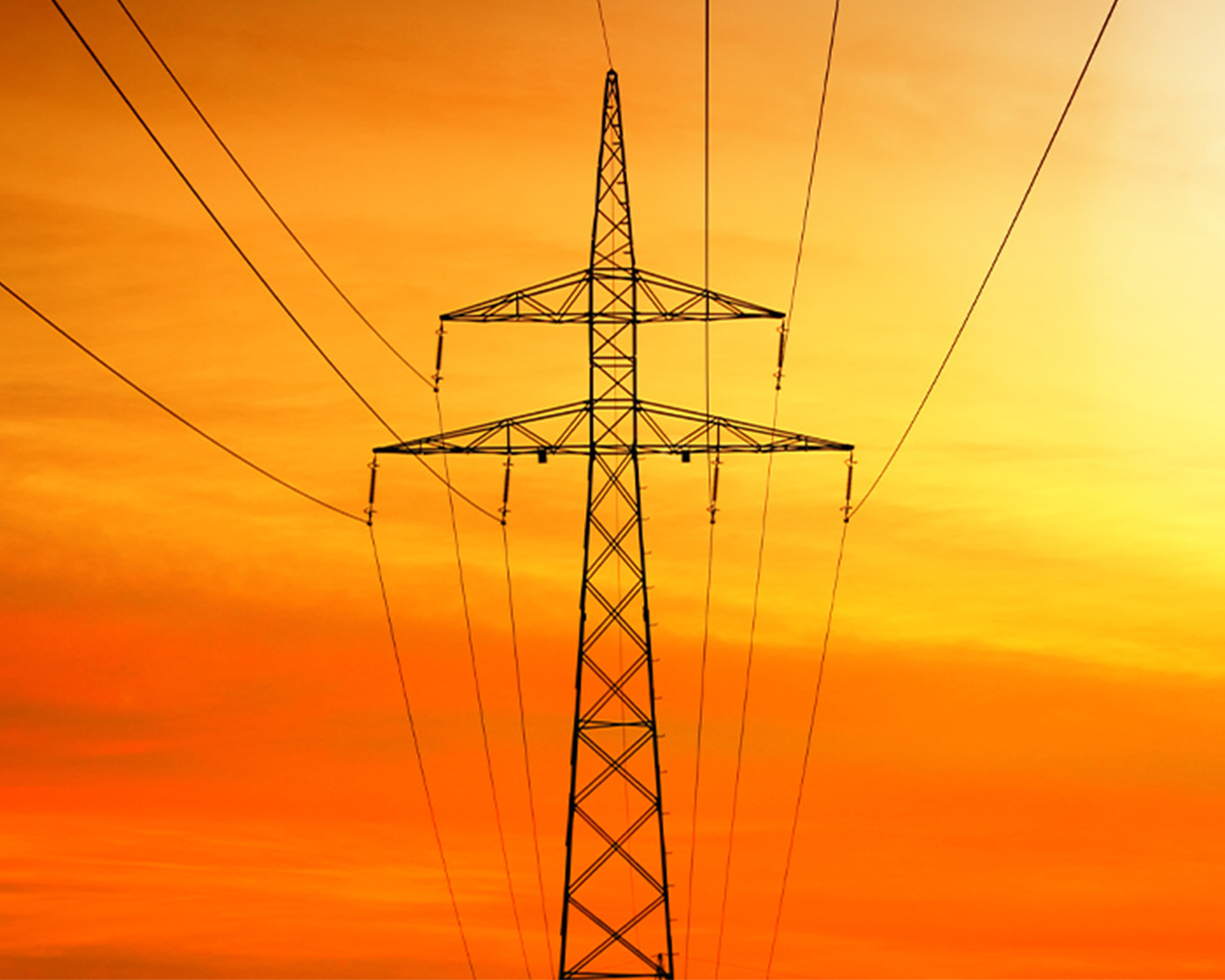
Grid (un)locked: Carbon neutral future depends on updating how we make, move and store electricity
In the push to decarbonize the economy throughout the Intermountain West and beyond, the public conversation often centers on wind and solar energy, electric cars, hydrogen power and carbon capture and storage. The grid—the interconnected power plants, transmission lines and control centers that keep the lights on across the country—is the indispensable enabler of this future carbon-neutral electrified world. Yet the grid is often left out of the discussion.
It shouldn’t be.
Urban planning experts aid first US city decarbonizing all buildings
The city of Ithaca, N.Y., is moving ahead with an ambitious plan to decarbonize and electrify all buildings — part of an effort to be carbon neutral by 2030. It’s the first project of its kind in the nation, and…
How cities can transform urban green spaces into carbon sinks – Expert available to comment on lessons learned from Helsinki pilot
Senior lecturer Mikko Jalas is available to comment on how cities can use biochar in urban green spaces to help reach carbon neutrality. Jalas has co-led efforts on Carbon Lane, a project to build and monitor an urban carbon sink…
Meeting biodiversity, climate, and water objectives through integrated strategies
Managing a strategically placed 30% of land for conservation could safeguard 70% of all considered terrestrial plant and vertebrate animal species, while simultaneously conserving more than 62% of the world’s above and below ground vulnerable carbon, and 68% of all clean water.
Carbon neutrality – a new policy brief for municipalities world wide
How to design efficient demo areas for urban carbon sequestration? In the latest policy brief research groups from the University of Helsinki and Aalto University focus on the main principles of urban demonstration areas using biochars for carbon sequestration.
Trees, plants and soil could help cities cut their carbon footprints — when used smartly
Carbon footprint declarations are used in construction to ease product selection for low carbon building, but these standards don’t yet exist for green elements like soil, bushes and plants. A new study led by Aalto University is the first to map out how green infrastructure can be a resource for cities on the path to carbon neutrality.
New framework to enhance national climate action and achieve global goals
A novel systematic and independent scenario framework could help policymakers assess and compare climate policies and long-term strategies across countries to support coordinated global climate action.
Multi-story buildings made of wood sell for 9% more than other construction in Helsinki
Building more homes and buildings with wood has been on the radar for years as a way to offset carbon emissions, though construction companies have been hesitant to take the material in broader use. A study at Aalto University in Finland is now the first to show that building with wood can be a sound investment.
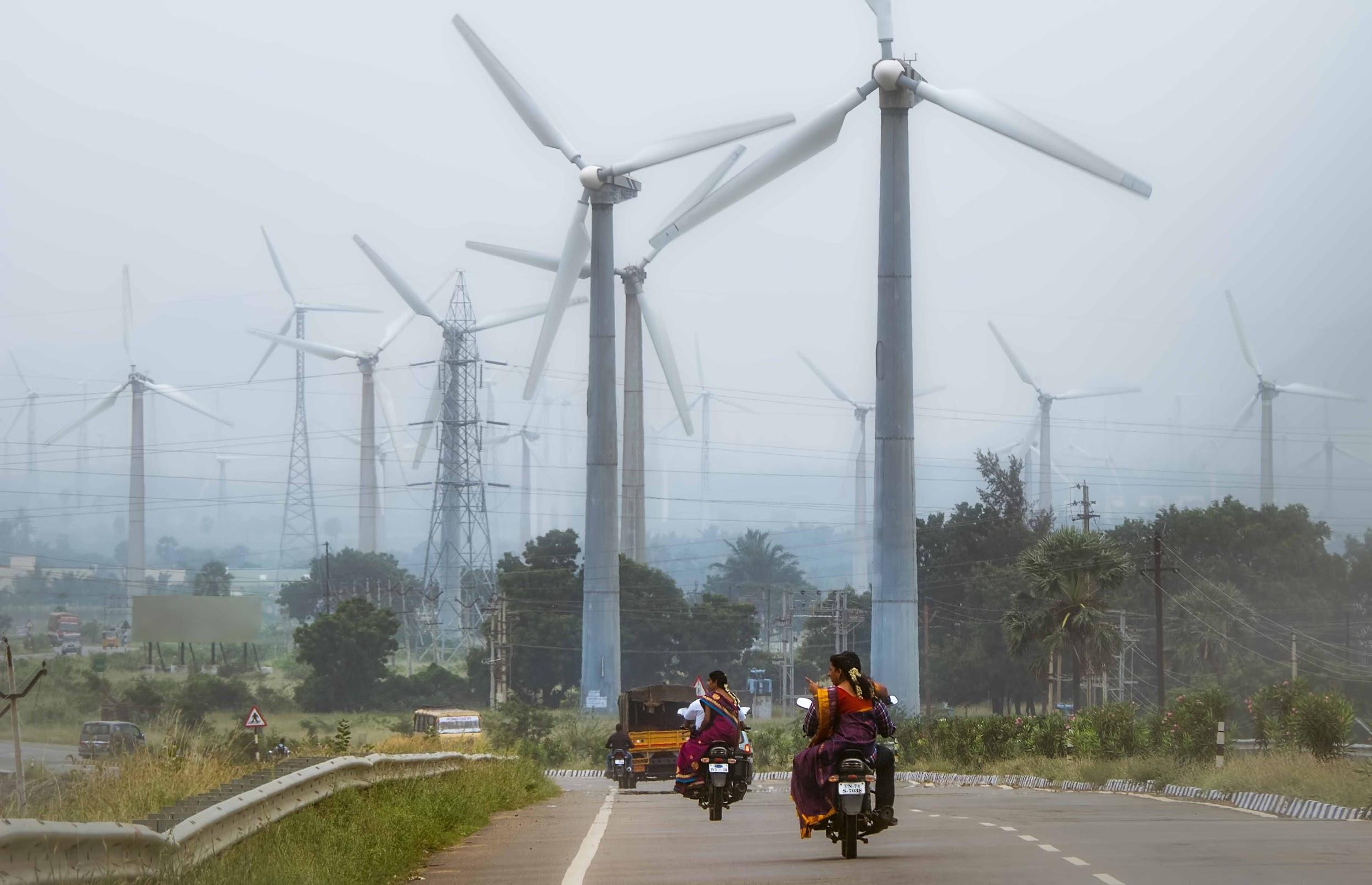
Science Snapshots From Berkeley Lab – Week of March 29, 2021
India’s Ambitious Clean Energy Goals, a Secret Pathway to Harnessing the Sun for Clean Energy, and a Supersmart Gas Sensor for Asthmatics

Media availability for energy experts to discuss carbon capture, storage and regulations for California
George Peridas, director of carbon management partnerships, and staff scientist Briana Schmidt from Lawrence Livermore National Laboratory, will be available to discuss results from a new report titled “Permitting Carbon Capture and Storage in California” that examined the regulatory framework for authorizing carbon capture and storage in California and offers options for government and project developers to enable robust, transparent and efficient project permitting in line with the state’s goal to reach carbon neutrality by 2045 or earlier.

Lab report outlines updates to state regulations for carbon capture and storage
To reach economy-wide carbon-neutrality by 2045 or earlier, California will likely have to capture, transport and geologically store tens of millions of tons per year of carbon dioxide (CO2) from large sources and from the atmosphere.
California has an extensive regulatory framework that is rigorous, robust and will safeguard the environment, public health and safety during these activities. However, this framework cannot handle the timely permitting and deployment of sufficient projects to protect the rapidly worsening climate and support achieving the state’s climate goals, according to a report by Lawrence Livermore National Laboratory (LLNL).
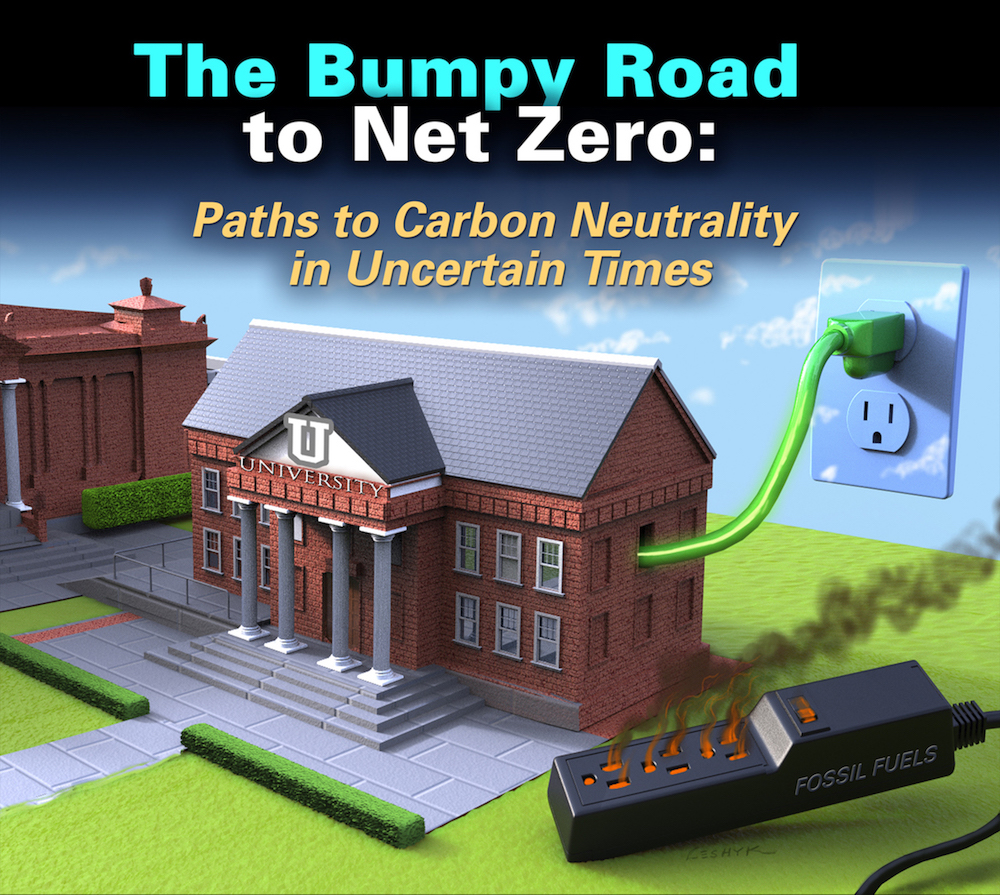
Twenty universities, colleges convene to share best practices on ‘bumpy road’ to carbon neutrality
Experts from 20 colleges and universities will gather virtually Nov. 17-19 at Northern Arizona University to discuss why carbon reduction is critical to their institutions’ futures, and how each is forging a path to zero or net zero carbon.
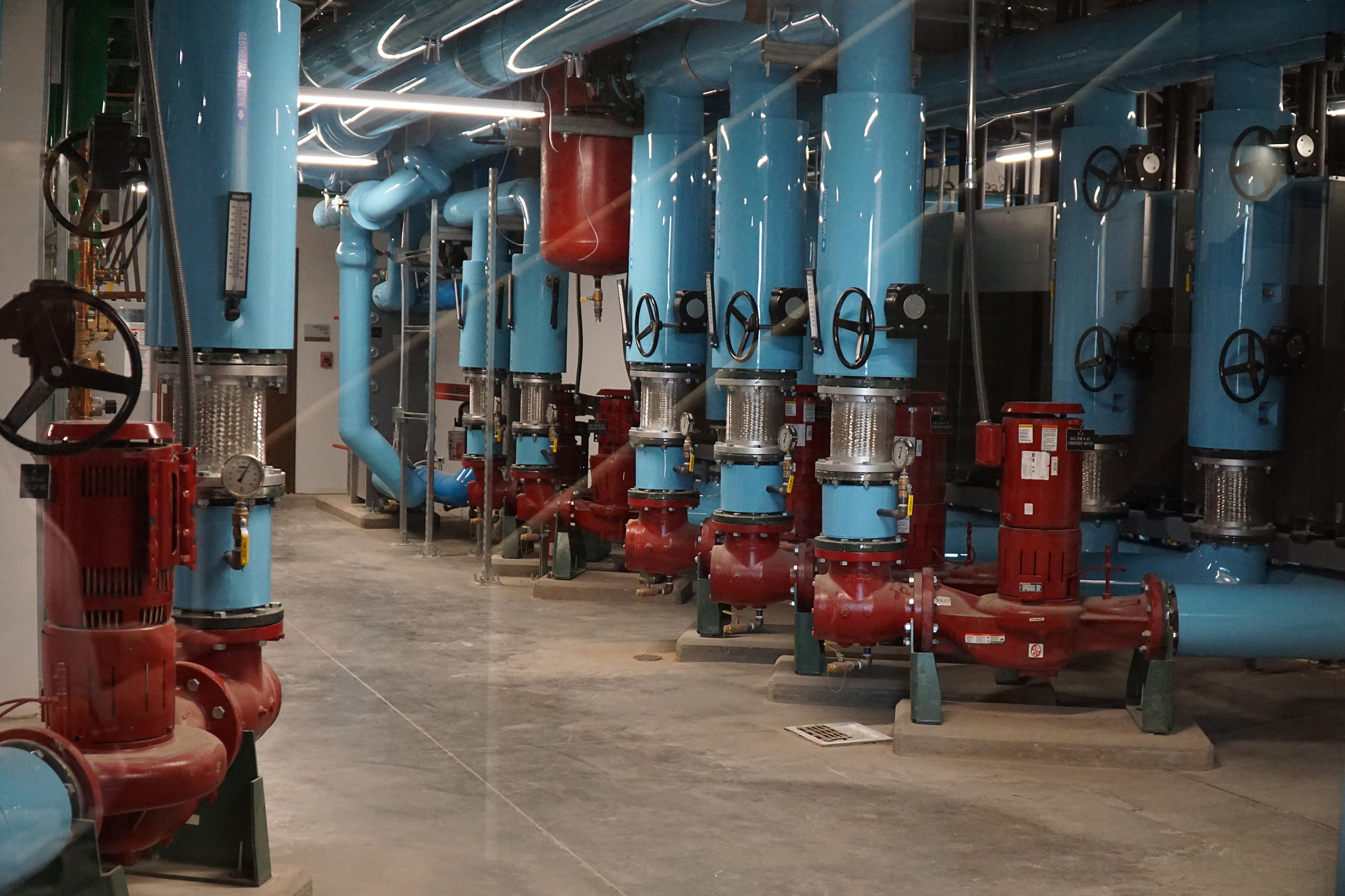
University of Utah exceeds federal energy reduction commitment
The U.S. Department of Energy confirmed the University of Utah has exceeded its goal to reduce energy use by 20 percent by 2020, as part of the Department of Energy’s Better Buildings Challenge. The U achieved energy savings of 25% across 17 million square feet of building space since 2008, the base year for the commitment.
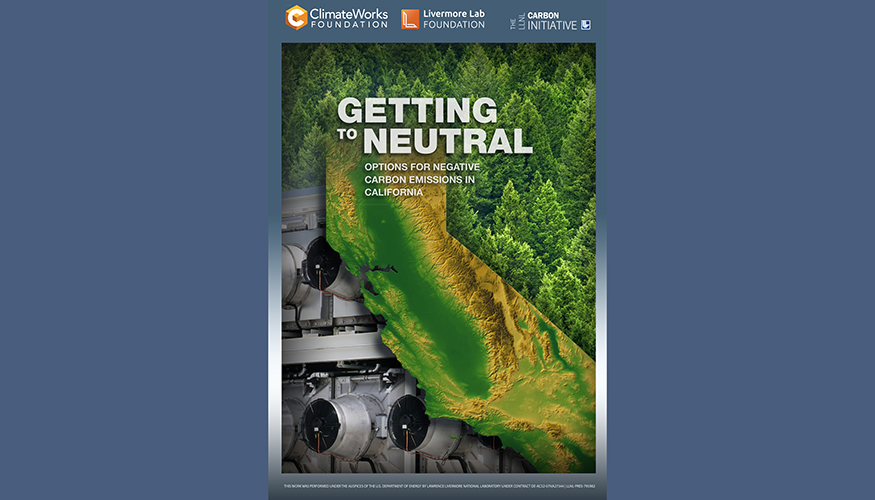
Lawrence Livermore National Laboratory, Livermore Lab Foundation, ClimateWorks to unveil report on California’s road to carbon neutrality
LLNL will host a briefing to unveil the new report “Getting to Neutral: Options for Negative Carbon Emissions in California,” which identifies a robust suite of technologies to help California clear the last hurdle and become carbon neutral by 2045.